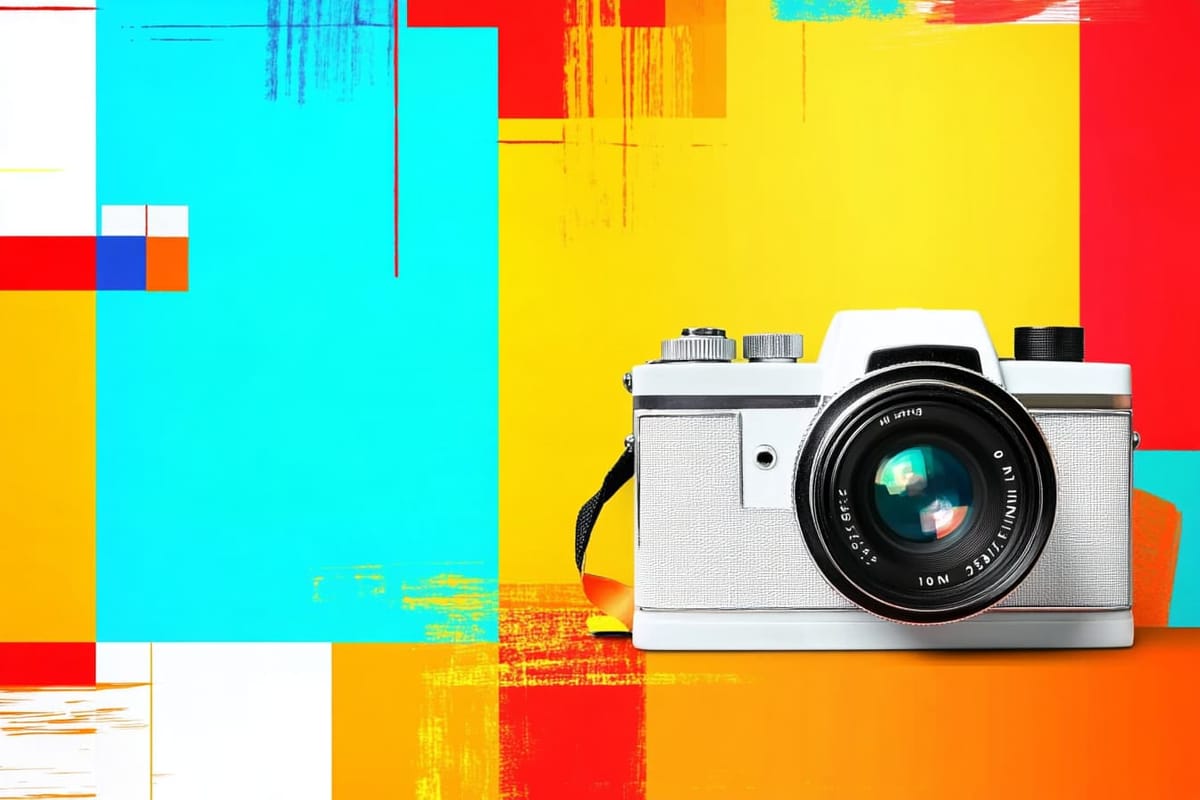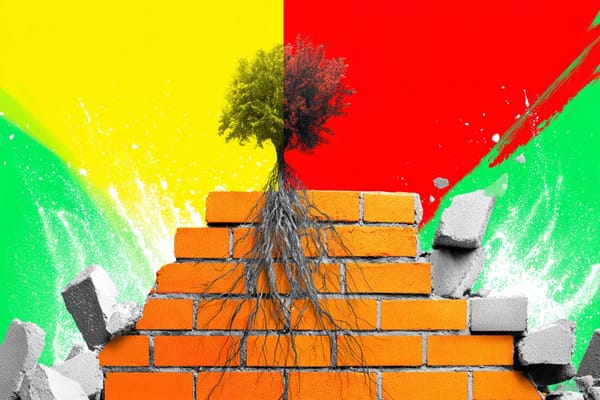Finding Inspiration From Your Past (When It’s Hard to Remember!)
Create a system to reflect, track, and write from your memories.

I am one of those people who looks forward to opening Timehop and my Facebook memories every day. I’ll see photos from two years ago, four years ago, and I’ll be transported back to the time, place, and my feelings at the time. (I’ll also see the “cryptic status updates” that used to be common once upon a time and try to figure out what I meant!)
I’ve been active on social media platforms for more than fifteen years, so my memories are easily accessible. Often, they’ll trigger an idea for something that I want to write.
But there’s also a treasure trove of memories that I have trouble accessing. Not only do I not have the “hints” from my social media activity, but I also have very few photos from that time. My family didn’t have a digital camera until 1998; any photos prior to that are taped into yellowing albums at my parents’ house.
Not only that, but camera film was a precious resource. The surviving photos are mostly major life moments, like a birthday party or vacation. I have journals from my high school years, but they are mostly the ramblings of an angsty teenager.
Since I know that my social media memories are such a valuable resource for writing ideas, I knew that I needed to develop a way to draw upon the memories that are only in my head. I am essentially recreating a timeline of the moments, both big and small, that can serve me as a writer.
Log your memories — both past and present
Whether you’re a fiction or nonfiction writer, who you are will always be infused into your writing. That’s why memories are so important: good or bad, they shape who you are and why you write.
I have created a collection of memories that I like to call The Idea Factory. I use Roam Research to jot down my thoughts, but any note-taking app like Evernote or Notion would also work. The Idea Factory is a dumping ground for my memories.
While my social media memories are a fantastic resource for writing ideas, they only tell part of the story. We all know that social media only shows the shiny, glossy side of life. There are smiling pictures of my kids or quips about funny parenting mishaps, but not all of the gritty, raw moments of life.
A few years ago, I started keeping a daily “logbook.” I don’t think of it as a journal because I don’t add any details. I am writing a bullet-point list of what I did that day, who I saw, and where I went.
From my daily notes, I’ll pull out interesting moments that I think I could write about later. I’ll transfer these to the Roam app with a few sentences, so I don’t forget why I felt like that moment deserves some writing attention.
That takes care of the present, but what about the past? This requires a little more effort.
Whenever I remember something, I’ll jot it down. I use my iPhone notes for this, since it’s quick and almost always accessible. Later, I’ll transfer the memories to The Idea Factory note-taking page in Roam.
Other times, I’ll sit down with the intention of trying to recall specific people or events. I’ll pick a topic like “third grade” and try to write down every memory I have about that topic. Friends, teachers, class trips… I’ll write down as much as I can, as quickly as I can.
Sometimes it’s hard or I don’t trust the memory… but that’s ok. I’m not writing a memoir; I’m simply using my memories as a writing resource.

Organize your memories into categories
My Idea Factory is nothing more than a jumbled list. While that’s helpful for capturing the memories, it’s not a good way to sift through and find useful nuggets. I try to put my memories in the Idea Factory into a rough timeline of my life, but nothing beyond that.
The real power of these memories comes from the organization I do after I have captured the memory overall. Note-taking apps vary, so this could be in the form of hashtags or folders.
At this point, I’m identifying how that memory relates to my writing. I’m asking myself: What part of this memory might be useful in the future? I use different categories, such as:
- Characters: Writing about personalities, appearance, or relationships
- Places: Writing about a setting, focusing on the details of a room, architecture, nature, or travel
- Situation: Writing about my reaction to an event, including context and dialogue
By dividing my memories into different categories, I can go back in the future when I need a resource for “character development.” I can see a log of all people in my life, and use the memories to help me shape the character in my writing.
Expand on your memories with some details
Write, write, and write some more — the key to successful writing is writing a lot. The more you write, the better you’ll become and the easier it will be. The Idea Factory becomes an amazing resource to jumpstart any type of writing, especially when you feel stuck.
At least once a week, sometimes more, I’ll go into my Idea Factory and fully flesh out one of my memories. I’ll recreate the scene or describe a person in great detail. I will usually limit myself to no more than 15 minutes (with a timer!), but the time will be spent with free-flowing thoughts, not trying to craft something that sounds perfect.
This once-a-week habit is great practice. Writing professionally is new for me, the result of a career pivot during The Great Resignation. Like any skill, writing requires training, ongoing learning, and a desire for improvement.
Every once in awhile, I’ll come across an idea that I want to turn into a finished piece — either here on Medium, on Substack, or LinkedIn. Maybe it’s even a fleeting thought that I want to add to Twitter. In this case, I’ll add the idea to my content planning calendar (I use Trello for this) with a link back to the note.
I’ve also had times where I’ll be working on an article and think, “Oh wait! I have something related in my Idea Factory!” Because of my organization through hashtags and the amazing power of search, I can easily find what I’m looking for.
Writers are often inspired by real life (remember the Bad Art Friend piece from The New York Times?). Knowing this, I feel strongly that capturing my memories will only strengthen my writing.
It has become a ritual, and one I enjoy. Some days I focus more on the craft and other days feel more cathartic. Even on the days when the memories aren’t beautiful or smiling, they are part of who I am.
Check out my free eBook: How to Manage Your Time + Content Across Multiple Platforms.






